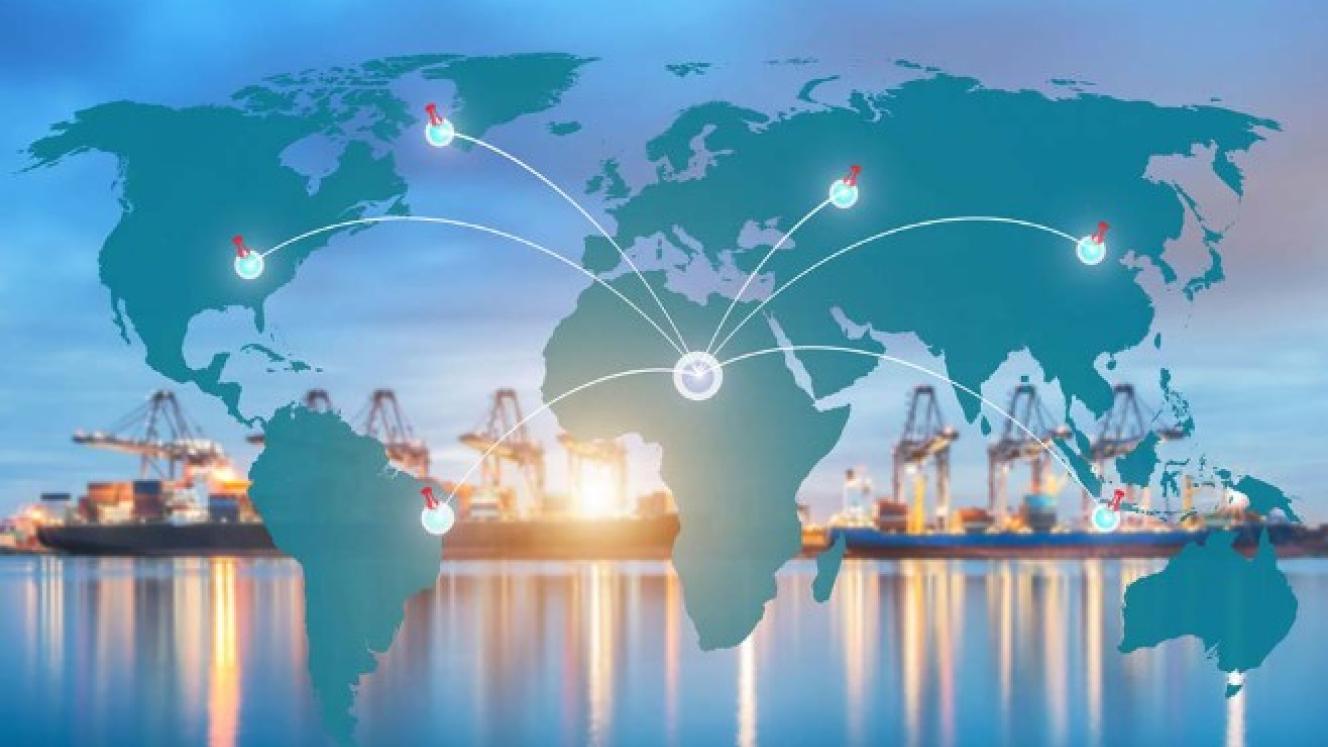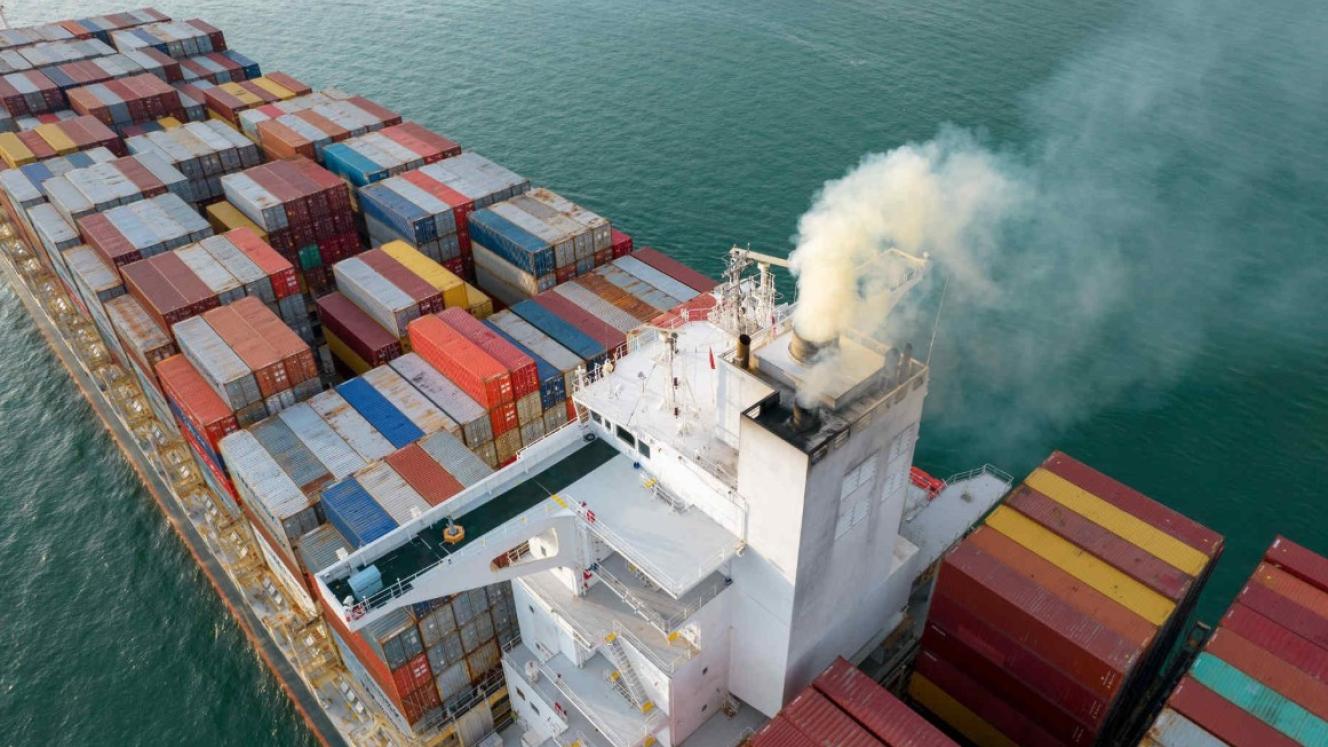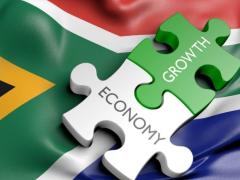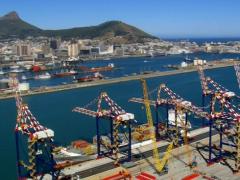The African freight logistics sector is set for steady expansion, driven by regional trade initiatives and urbanisation, according to the latest Africa Freight Logistics Market report.
The report points out that the African freight logistics market size was valued at $162.96 million in 2024 and is anticipated to reach $173.42m in 2025 and $285.29m by 2033, growing at a compound annual growth rate (CAGR) of 6.42% during the forecast period.
This growth underscores the sector's role in supporting intra-African trade, which in 2022 accounted for only 17% of total African commerce despite the African Continental Free Trade Area (AfCFTA).
However, the report notes that multiple challenges persist on the continent, impacting the sector’s development.
"Nearly 60% of Africa’s population resides in rural areas with limited or no all-weather road access, significantly impeding last-mile delivery efficiency. Logistics costs in Africa consume up to 30% of the value of shipments, more than double the global average, due to inefficiencies in border clearance and transport coordination,” the report notes.
It adds that the AfCFTA is a key growth driver, with the potential to increase intra-African trade by over 50% once fully implemented, creating a unified market of more than 1.3 billion people. For example, trade between East African Community member states grew by 12% year-on-year in 2022, according to data released by the East African Shippers' Council.
Urbanisation will also fuel growth as Africa will be home to 1.3bn urban dwellers by 2050, driving demand for enhanced last-mile and cold chain solutions, the report forecasts.
South Africa stands out as a logistics powerhouse, commanding a 22.5% share of the Middle East and Africa freight logistics market in 2024.
"The Port of Durban, Africa’s busiest container terminal, handles over three million TEUs annually," the report notes, although container dwell times increased in 2023.
South Africa’s advanced infrastructure, including its integrated rail-road-port network, positions it as a gateway for landlocked neighbours like Botswana, Zimbabwe, and Zambia. The country attracts significant logistics foreign direct investment, with firms like DSV and DB Schenker establishing regional distribution centres in 2023, it reveals.
DHL has launched a $100m logistics hub in Johannesburg, enhancing warehousing and distribution capabilities for southern Africa and integrating AI-driven inventory management.
Additionally, South Africa’s vehicle production, the largest in Africa, drives freight demand, with exports to other African markets relying on reliable multimodal networks. Grindrod Limited’s expansion of its locomotive fleet on the Maputo Corridor in 2023 further boosts capacity for coal and container transport to Mozambique.
However, challenges, including underdeveloped logistics networks and energy insecurity, still loom large, while border delays hinder efficiencies.
“Only 34% of rural Africans live within two kilometres of an all-season road … and nearly 85% of Africa’s rail lines are single-track,” the report notes, adding that road transport dominates, accounting for over 80% of freight movement in regions like West and East Africa.
“Cargo moving between African countries faces many border control checks, with trucks spending a notable share of transit time waiting at borders.”
Nigeria, Africa’s largest economy, operates at less than 20% of its installed refinery capacity.
Digitalisation offers opportunities, as widespread adoption of digital logistics platforms could reduce freight costs by 15–20% across the continent. For example, Rwanda’s paperless system cut import clearance time from five days to under 24 hours.
Corridor investments, like the Lobito Atlantic Railway Corridor, aim to reduce transit time by nearly 50%.
The freight transport segment held the largest logistics market share of 57.4% in 2024, the report notes, with road handling between 75 and 90% of inland freight volume. Value-added services are forecast to grow the fastest at a CAGR of 11.3% between 2025 and 2033.
Manufacturing and automotive lead with a 32.4% share, while agriculture surges at a CAGR of 10.7%, “driven by efforts to reduce post-harvest losses of 30–40% across sub-Saharan Africa”.
Other key countries include Egypt, a Suez Canal hub; Kenya, with Mombasa handling over 25m tonnes of freight annually; Ethiopia, with its Addis Ababa–Djibouti Railway; and Nigeria, driven by its large population. Key players like DHL, Bolloré, and Grindrod are leveraging multimodal integration, digital transformation, strategic partnerships, corridor optimisation and sustainability initiatives.













